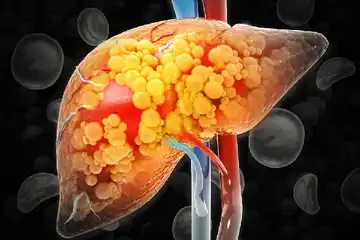Schizoaffective disorder is a mental disorder with an amalgamation of symptoms of schizophrenia (psychosis) and mood disorders (mania or depression). It is of two major types – bipolar and depressive. As with other mental disorders, it arises due to the marriage of various factors – genetic, environmental and physical. Substance or drug abuse can be one of the major causes of it. Schizoaffective disorder is diagnosed after proper physical and neurological examination, psychiatric evaluation with DSM-5 criteria and a mental status examination. Various other mental disorders and conditions can closely mimic the symptomatology and need to be excluded. Management involves psychological therapy and medication with antipsychotics, mood stabilisers and antidepressants as per need.
Schizophrenia: Psychosis can be described as a state in which the brain is unable to process information accurately causing the afflicted individual to lose touch with reality. Patients can also experience hallucinations (see, hear, smell or feel things that are not present) and delusions (hold false beliefs that are not true). Schizophrenia is a severe form of psychosis in which people interpret reality abnormally to a disabling extent that hampers their daily functioning. In addition to hallucinations and delusions, extremely disordered thoughts, speech and behaviour are present.
Mood affective disorder: Mood disorders, or mood affective disorders, are mental conditions in which the individual experiences a persistently disturbed mood. Broadly, there are two major categories (with their subtypes) of mood disorders – those with an elevated mood (manic disorders) and those with a depressed mood (depressive disorders).
Schizoaffective disorder is a mental condition in which the symptoms of both schizophrenia and mood disorders exist. However, individually, the symptoms are insufficient to meet the diagnostic criteria for either schizophrenia or a mood disorder. Schizoaffective disorder is of two types – bipolar schizoaffective disorder and depressive schizoaffective disorder. Bipolar schizoaffective disorder predominantly has mood symptoms of mania, hypomania or mixed, whereas depressive schizoaffective disorder predominantly has mood features of depression.
Additionally, it is important to note that schizoaffective disorder may be a misdiagnosis of other similar conditions such as psychotic depression, psychotic bipolar disorder or schizophreniform disorder amongst others. Prognosis of each condition varies greatly and, therefore, correct diagnosis and management should be sought from a psychiatrist.

 Doctors for Schizoaffective disorder
Doctors for Schizoaffective disorder 




























